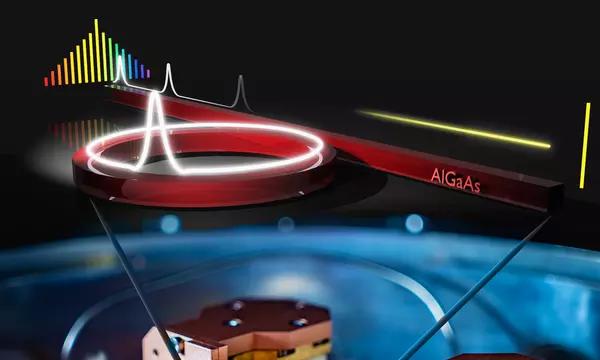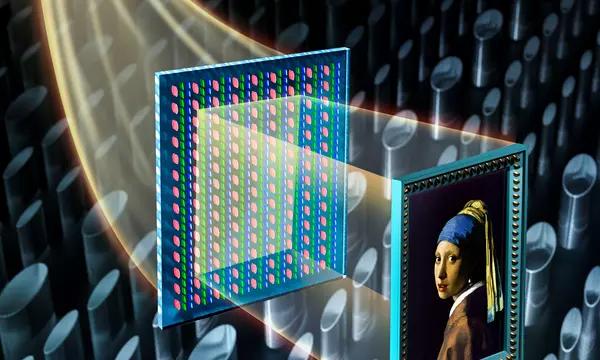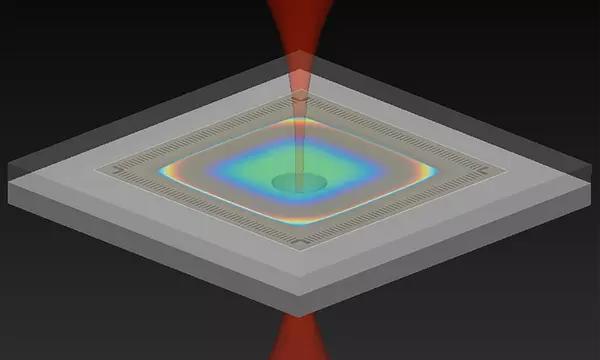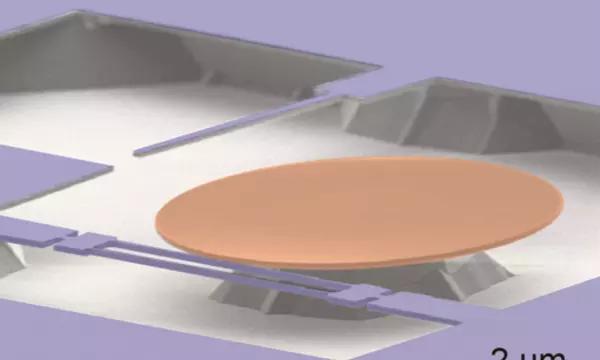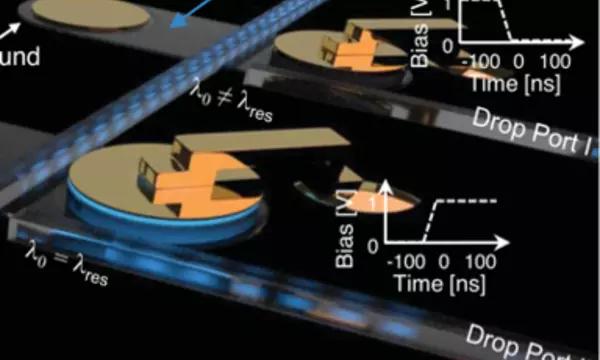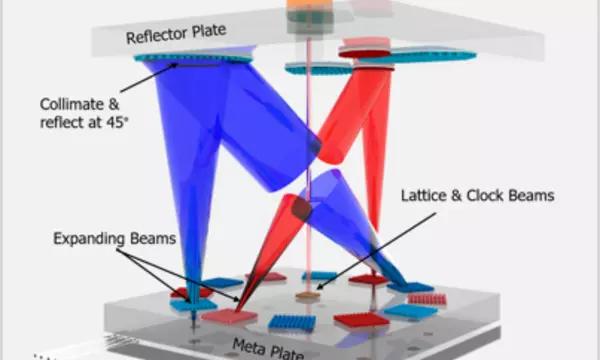The Photonics and Optomechanics group studies the fundamental interactions of photons and phonons in microfabricated structures to enable new chip-scale tools for precision measurement, quantum information and future computing.
For optical fields, the tight confinement afforded by nanoscale waveguides and resonators allows nonlinear behavior to be realized at ultra-low intensity, enabling efficient generation of micro-optical frequency combs for time and frequency measurement or entanglement and conversion of photons for quantum information applications. Meta-optics (arrays of subwavelength elements, negative-refractive-index materials, and plasmonics) opens new capabilities to study photon interactions and to completely control and modulate light in wafer-thin components. These capabilities combine to enable complex integrated devices, such as chip-based cold atoms for precision navigation and timing, and underlie future applications in advanced computing, and integrated photonics.
Nanoscale confinement of acoustic waves and vibrations in mechanical systems can yield ultra-high frequency, low-loss resonators used in RF communications and sensing, and in analogy to photonics, nonlinear mechanics enables new capabilities. The integration of optical and mechanical elements allows highly precise and accurate mechanical sensing in deployable chip-scale devices, such as ultra-sensitive accelerometers with intrinsic accuracy and optical readout of scanning tunneling microscopes. This also allows optical forces to control mechanical elements enabling optical cooling of mechanical sensors for improved sensitivity and chip-scale lasers that self-cool. Ultimately this can lead to room-temperature quantum measurement using mechanical sensors that can be prepared in quantum states while in contact with a room-temperature environment.
New Nanodevice Shifts Light's Color at Single-Photon Level
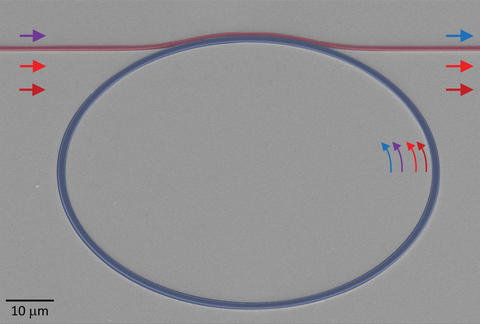
Converting a single photon from one color, or frequency, to another is an essential tool in quantum communication, which harnesses the subtle correlations between the subatomic properties of photons (particles of light) to securely store and transmit information. Scientists at the National Institute of Standards and Technology (NIST) have now developed a miniaturized version of a frequency converter, using technology similar to that used to make computer chips. More
News and Updates
Projects and Programs
Publications
Software
Awards
Press Coverage
Contacts
Group Leader
-
(301) 975-3446


